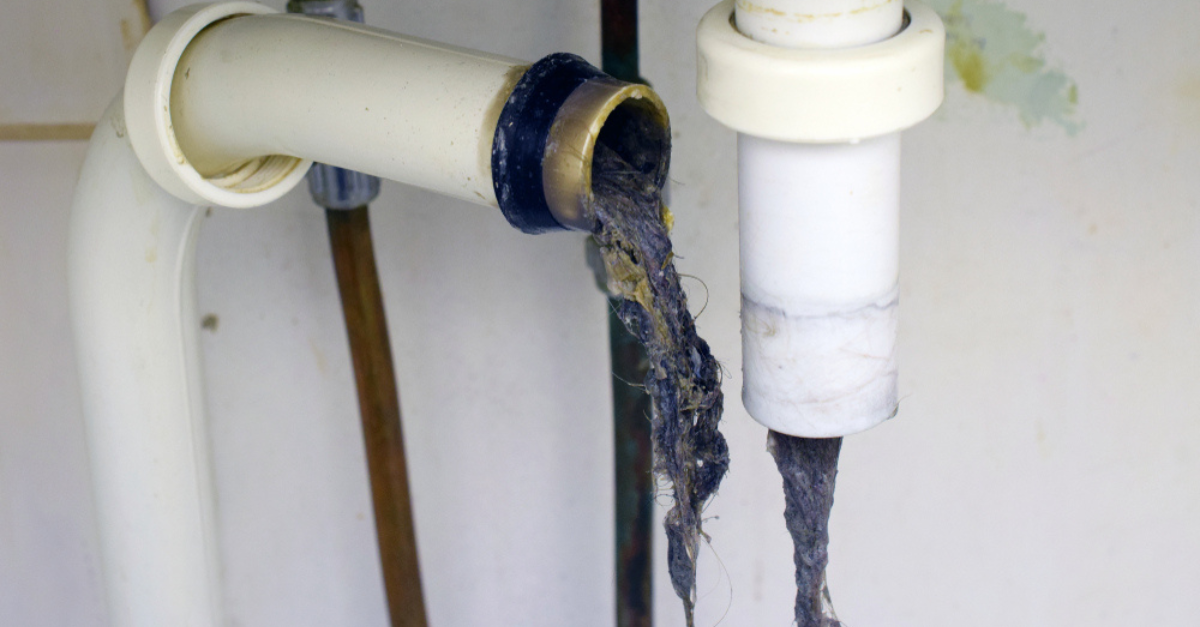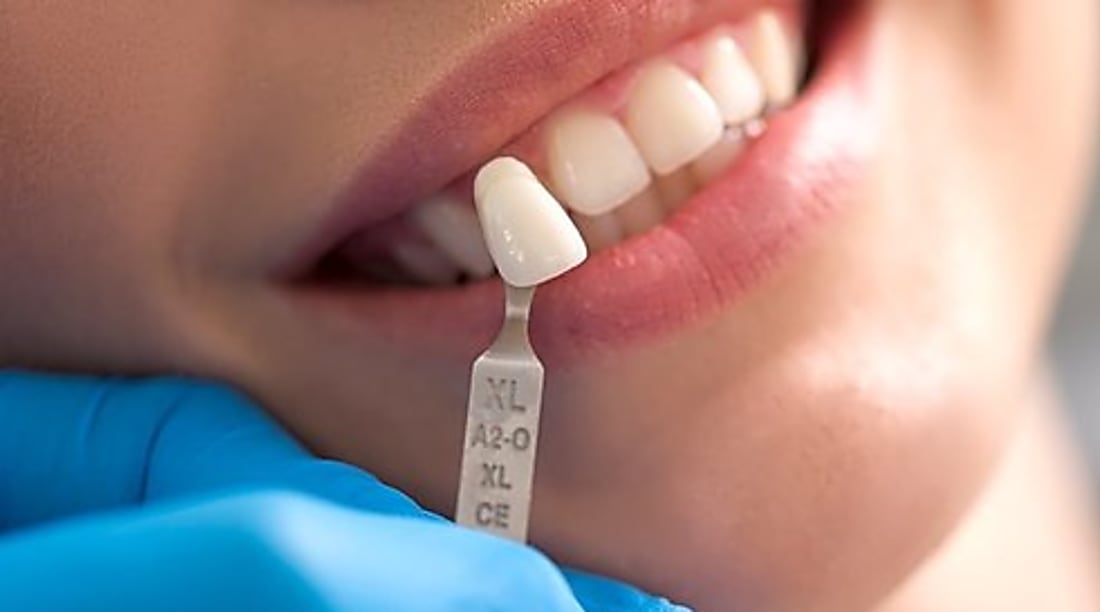Drain Cleaning : Simple DIY Fixes Every Homeowner Should Know!
Blocked drains are a common headache, but you don't always need to call in the pros. With the right techniques, many clogs can be cleared using basic tools or household items. These expert-approved drain cleaning tricks can save you time, stress, and money.

Understanding Common Drain Issues and Their Causes
The first step to effectively clearing a clogged drain is identifying what’s causing the blockage. In kitchens, food particles, cooking grease, and oils are typically the culprits. These substances can accumulate over time, narrowing the pipe diameter until water flow becomes restricted. Bathroom drains face different challenges—hair, soap scum, and mineral deposits from hard water commonly create stubborn clogs that worsen gradually.
Foreign objects accidentally washed down drains present another common issue, especially in homes with children. Items like small toys, cotton swabs, and excessive toilet paper can create immediate and complete blockages. Tree roots seeking moisture can also infiltrate outdoor drainage pipes through tiny cracks or joints, creating more serious obstructions that grow over time. Understanding the specific cause of your drain problem helps determine the most effective solution approach.
DIY Tricks for Unclogging Drains Quickly
When faced with a sluggish drain, several immediate actions can often resolve the issue without specialized equipment. The humble plunger remains one of the most effective tools for clearing clogs. For sinks, ensure the overflow hole is covered with a damp cloth before plunging to create proper suction. For toilets, use a flange plunger designed specifically for the bowl shape.
Another effective technique involves boiling water, which can dissolve many common blockages. Simply boil a kettle of water and carefully pour it directly down the drain in two to three stages, allowing time between pours for the hot water to work on the clog. For partial clogs, a wire coat hanger straightened with a small hook bent at one end can physically remove hair and debris from drain openings.
The drain snake, or plumber’s auger, represents the next level of intervention. These flexible tools can navigate pipe bends to reach and break up clogs deeper in the system. For most homeowners, a 25-foot hand-operated snake is sufficient for typical household drains and represents a worthwhile investment for recurring issues.
Natural Remedies for Drain Cleaning
Chemical drain cleaners often contain harsh ingredients that can damage pipes and present health hazards. Fortunately, several natural alternatives can effectively clear minor clogs while being environmentally friendly. The classic combination of baking soda and vinegar creates a powerful cleaning reaction. Start by pouring half a cup of baking soda down the drain, followed by half a cup of white vinegar. Cover the drain opening immediately to contain the fizzing action inside the pipes, and let it work for 30 minutes before flushing with hot water.
Salt combined with baking soda offers another natural option. Mix 1/2 cup of each and pour down the drain, followed by boiling water after a few hours. This mixture helps break down grease and buildup without harmful chemicals. For regular maintenance, enzyme-based cleaners use natural bacteria that digest organic matter like food waste, hair, and soap scum, keeping drains clear over time.
A simple preventative mixture of 1/2 cup salt, 1/2 cup baking soda, and 1/4 cup cream of tartar can be used weekly. Pour this down drains, followed immediately by 2 cups of boiling water to maintain clean pipes and prevent buildup before it becomes problematic.
Advanced Tools for Tackling Stubborn Clogs
When basic methods fail to clear a stubborn clog, more specialized tools can help homeowners address the problem without professional assistance. Drain augers, available in manual and powered versions, can reach deeper into plumbing systems than simple snakes. Electric models provide greater power for breaking up resistant blockages and can extend 50 feet or more into pipes.
Hydro-jetters, while typically professional equipment, are now available as smaller units for homeowner use. These devices use pressurized water to blast away buildup inside pipes and can be extremely effective for removing accumulated grease or mineral deposits that have hardened over time. For visual confirmation of drain problems, inspection cameras designed for home use allow you to see exactly what’s causing the blockage and where it’s located, helping determine the most appropriate solution.
Air burst cleaners offer another option, using compressed air to clear clogs. These tools create a shock wave that dislodges blockages without the potential pipe damage associated with chemical cleaners, making them suitable for older plumbing systems where gentler approaches are preferred.
Preventative Measures for Keeping Drains Clear
The most effective approach to drain maintenance is preventing clogs before they form. Installing drain screens or strainers in sinks, showers, and tubs catches hair, food particles, and other debris before they enter pipes. These inexpensive devices should be cleaned regularly to maintain effectiveness.
Developing good habits can significantly reduce drain problems. Never pour cooking grease or oils down kitchen drains; instead, collect them in containers for disposal. In bathrooms, brush hair before showering to minimize what washes down drains, and consider using a drain-cleaning enzyme product monthly for preventative maintenance.
Running hot water through sinks for approximately 15 seconds after each use helps flush away residue before it can accumulate. For garbage disposals, always run cold water before, during, and after use to solidify greasy substances so they’re chopped up rather than coating pipes. Finally, scheduling quarterly drain maintenance—running hot water and baking soda or enzyme cleaners through all household drains—can prevent most common clogging issues before they become problematic.
By understanding the causes of drain clogs and implementing these DIY solutions and preventative measures, homeowners can maintain properly functioning plumbing systems without frequent professional intervention. Many drainage issues respond well to these simple approaches, saving both time and money while extending the life of your home’s plumbing infrastructure.




